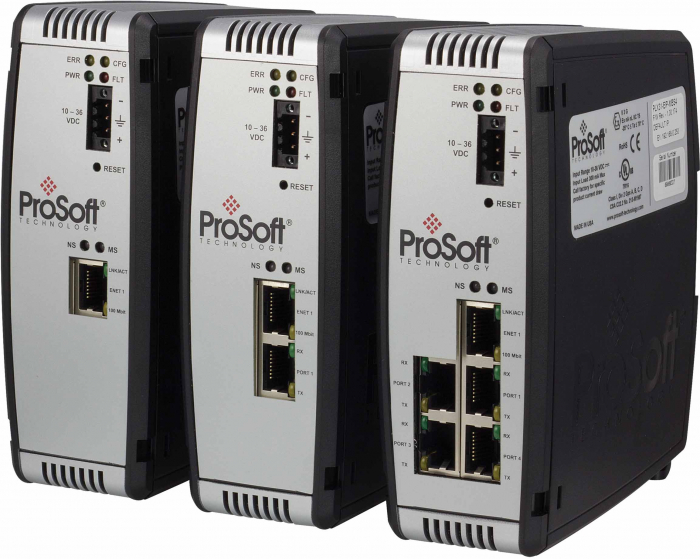Consider the Benefits: Gateways for Protocol Conversion

Consider the Benefits: Gateways for Protocol Conversion
As facilities continue to upgrade systems, it’s inevitable: Equipment from different manufacturers will be used, and those devices will likely use misaligned industrial protocols. Protocol converters can help you connect this disparate equipment – so that, say, your Rockwell Automation® ControlLogix® can connect to your nearby Modbus serial network.
Different converters are available depending on the needs of your application, including standalone gateways. Today we’re taking a look at a few factors that may make these modules an ideal fit for your application.
Why Gateways?
There are a few considerations that can indicate gateways are best for your protocol conversion needs.
∙ Protocol flexibility: This is especially key for machine builders. The use of gateways can allow them to add different communication forms to an existing build, tool, or application without a major redesign for customers that may use a variety of protocols.
∙ Data transmission rates: Depending on the vendor you opt for, industrial gateways can support large amounts of data (in ProSoft’s case, up to 20,000 bytes). These high-performance solutions can allow for more informed decisions based on the data you’re able to collect from each part of your application.
∙ Port variety: The use of multiple ports in a gateway (just sayin’, ProSoft offers up to four) can allow you to increase performance in applications that have a large number of devices to connect. Modules with two Ethernet ports can allow you to segment networks for each protocol, enabling the passage of data between each protocol’s subnet without changing each device’s IP address. (We love a time-saver.)
∙ Reduced wiring: Gateways can be placed closer to your devices. For serial connections especially this can shorten the wiring distance.
For applications that involve Rockwell Automation® Logix controllers, premier integration tools called Add-On Profiles and Add-On Instructions are available in ProSoft gateways to ensure streamlined integration with the company’s equipment. Never used these tools before when integrating a new device into your Logix infrastructure? The time you’ll save will be reason enough to incorporate them in future integrations.

